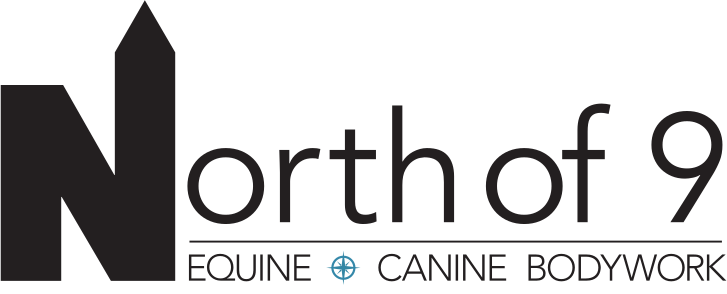
New Equine Clients
Planning For Your Horse’s Bodywork Session
Step 1: Health History and Consent
Before we get started with your horse’s first bodywork assessment and session, please take a few minutes to review our current rates and complete your history form
Step 2: Book Your Horse’s Session
If you have not already booked your horse’s session you’re welcome to request an appointment time here.
Step 3: Prepare Your Horse For Their Session
Take a moment to write down any questions you may have about your horse, and how bodywork works and we can review your questions together in person.
If your horse is in a regular fitness plan, we recommend that you exercise or ride your horse before their session time so that they can rest and process for 24 hours afterward. Please also have all of your tack on hand for fit checks if needed.
You do not need to ride your horse ahead of their appointment time - it is only recommended for those who may be in a program where they only get one day off per week.
IMPORTANT NOTE FOR ALL HORSES
Depending on your horse’s assessment and session plan, your practitioner may recommend more than 24 hours of rest after their session.
Therefore, we do not recommend booking a new client session the week of any major show events, lessons or clinics, etc, for this reason.
Some horses will need at least 2 full days of rest if this is their very first Bodywork Session ever.
Relax and bring your best self to their appointment.
These sessions can be very informative and ultimately should be restorative for you both. Bring the energy that you would to your favourite day at the spa.
What To Expect During A Hands-On Bodywork Session
Your horse’s session will begin with your practitioner reviewing any questions or additional thoughts you may not have noted on your health history.
Together you’ll assess your horse’s current mobility in hand and/ or under saddle. This allows for a more dynamic assessment.
Afterward, we’ll choose the location you feel your horse will be the most comfortable in. We will be here for at least an hour, an hour and a half. So choosing a spot with limited distractions and where they feel safe and relaxed is best.
Once your horse is in a comfortable workspace, your practitioner will begin with a quick scan over their body to feel for any areas of tension or restrictions. They will then chat about the various modality protocols that they feel will be of benefit to your horse’s current state. Once you are comfortable with the plan, they’ll begin.
Be prepared for long quiet pauses throughout the series of protocol moves. We need to allow your horse time to process each set, allowing the brain to integrate the information being sent. This is a great time to ask any questions or note any changes you may see in your horse during the session. Often we will see them show the following signs of releasing tensions and receiving nervous system messages:
Licking or chewing
Tail swishes
Yawning
Droopy or twitchy lips and or nostrils
Relaxed body posture
Pawing
Fidgeting
Snorting or sighing
So don’t worry if you suddenly feel like your horse is not able to stand as quietly as they normally would.
This is their way of providing us with feedback as we go through the session. Throughout the session, your practitioner will share with you what they feel and notice in your horse’s body as they work.
At the end of the session, we’ll review key areas that we need you to monitor for us after your horse’s session.
Depending on your horse’s needs, we may also chat about some exercises/homework you can do between sessions to further assist your horse’s success.
Feel free to reach out at any time after a session with any questions or concerns. It takes a full team for your horse to be at their best and you are the frontline.
We’re advocates of team collaboration and are happy to share any findings and successes with your other horse healthcare team members.
Thank you again for supporting your equine partner to be all that they can be!
